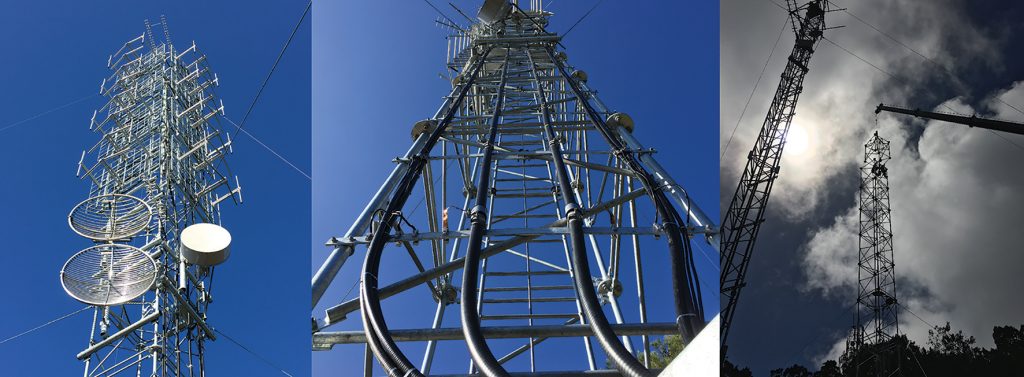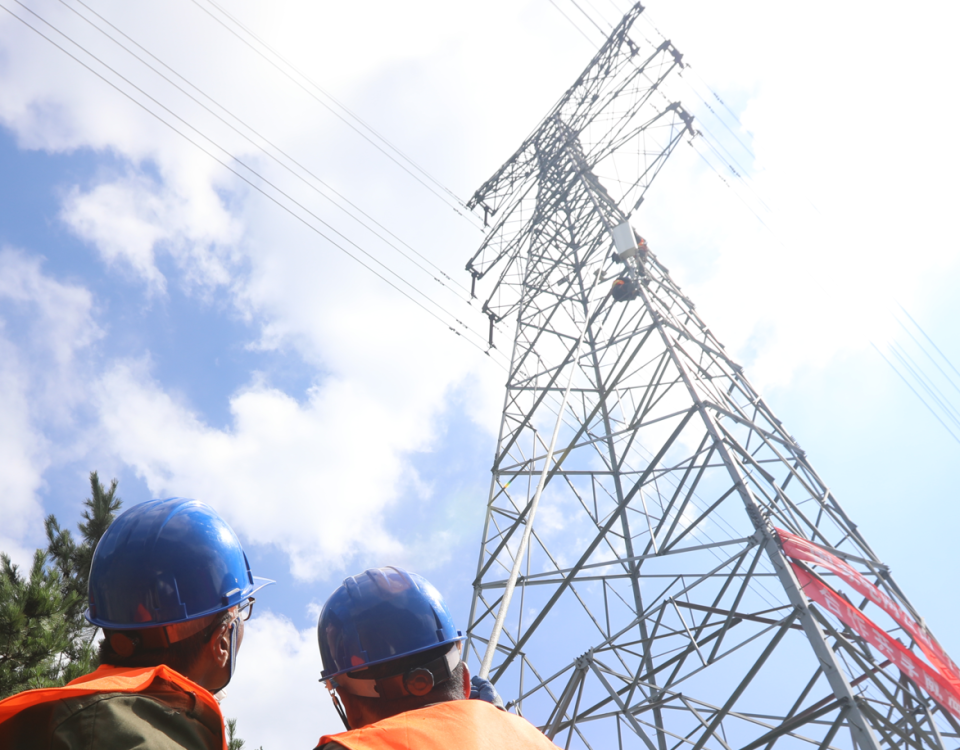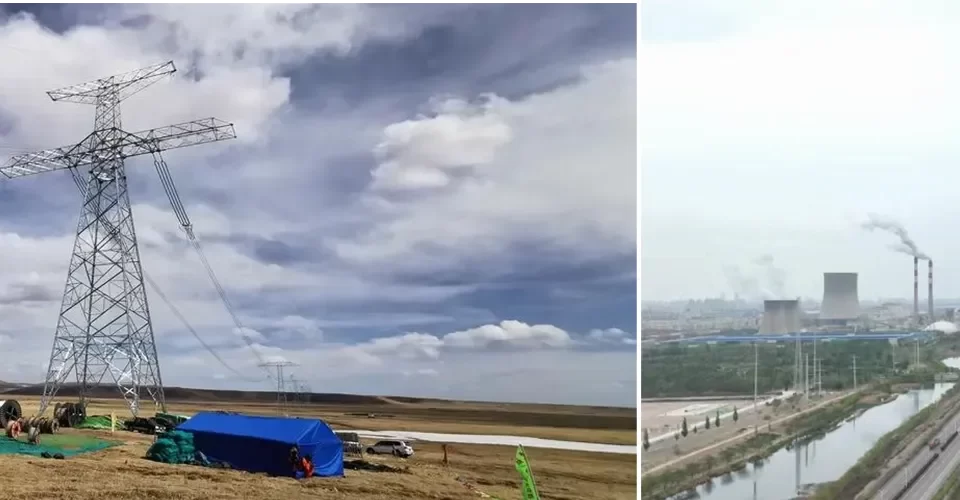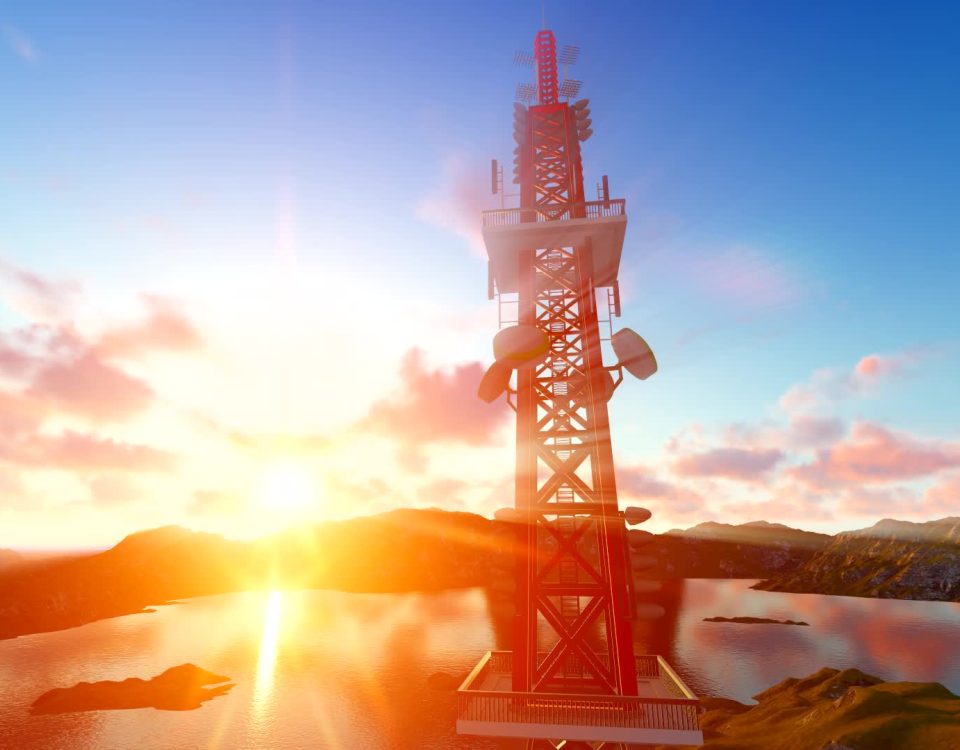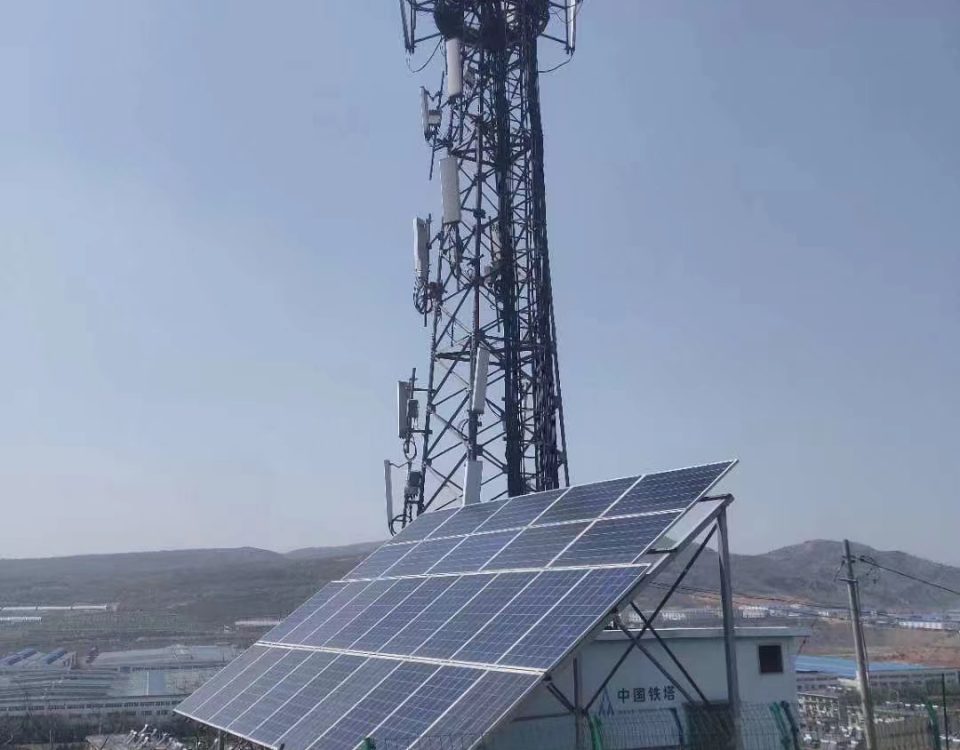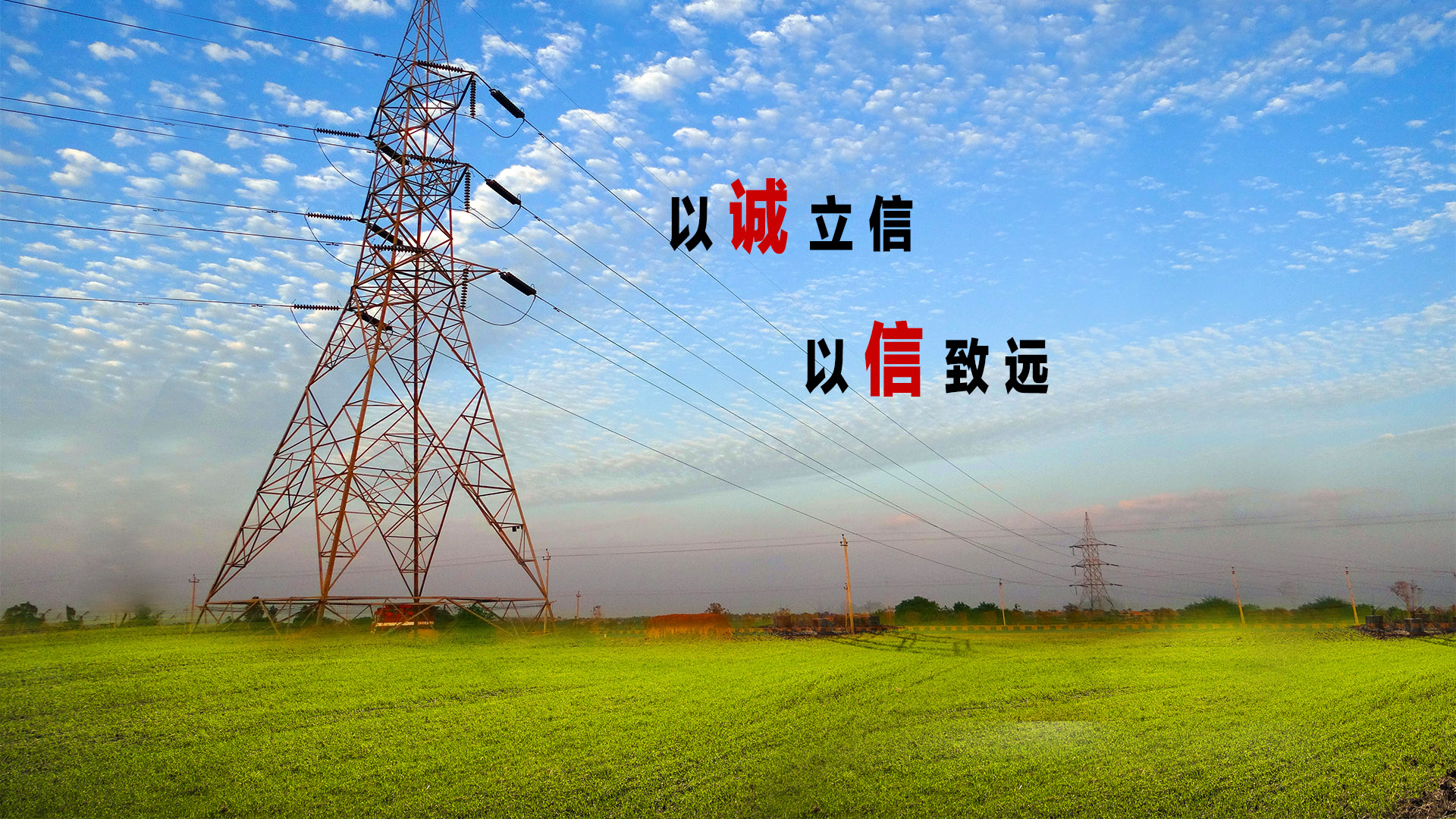
Power transmission line steel tower Inspection and Tests, Packing,Transportation
April 15, 2018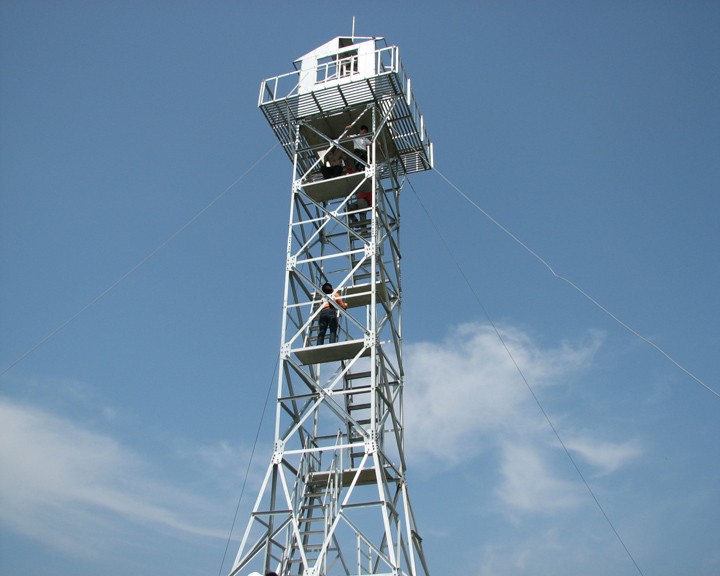
Fire lookout tower, Standard Lookout Steel Structure For Forest Service
April 17, 2018Steel is both the most widely used and most recycled metal material on earth. From stainless and high-temperature steels to flat carbon products, steel in its various forms and alloys offer different properties to meet a wide range of applications. For these reasons, as well as the metal’s combination of high strength and a relatively low production cost, steel is now used in countless products.
Properties
- Atomic Symbol: Fe
- Atomic Number: 26
- Element Category: Transition Metal
- Density: 7.874g/cm3
- Melting Point: 2800°F (1538°C)
- Boiling Point: 5182°F (2862°C)
- Moh’s Hardness: 4
Steel applications can be divided into five sectors:
Iron was once the primary structural material, but it has long been replaced by steel in most applications. Nevertheless, cast iron is still used in pipes and to make automotive parts, such as cylinder heads, cylinder blocks and gearbox cases. Wrought iron is still used to produce home décor items, such as wine racks, candle holders, and curtain rods.
Construction
Transport
Energy
Packaging
Appliances and Industry
Characteristics
Pure iron is a silver-colored metal that conducts heat and electricity well.
Iron is too reactive to exist alone so it only occurs naturally in the earth’s crust as iron ores, such as hematite, magnetite, and siderite.
One of iron’s identifying characteristics is that it is strongly magnetic. Exposed to a strong magnetic field, any piece of iron can be magnetized. Scientists believe that the earth’s core is made up of about 90% iron. The magnetic force produced by this iron is what creates the magnetic North and South poles.
Steel
Steel is an alloy of iron and various other metals, which are used to enhance the properties (strength, resistance to corrosion, tolerance of heat etc.) of iron. Changing the type and amount of the elements alloyed with iron can produce different types of steel.
The most common steels are:
- Carbon steels, which contain between 0.5-1.5% carbon. These are the most common steels and are used for auto bodies, ship hulls, knives, machinery and all types of structural supports.
- Low alloy steels, which contain 1-5% other metals (often nickel or tungsten). Nickel steel is able to withstand high levels of tension and is, thus, often used in the construction of bridges and for making bicycle chains. Tungsten steels keep their shape and strength in high-temperature environments and are used in impact, rotary applications, such as drill bits.
History
Iron was likely originally discovered and extracted as a result of wood burning on top of iron-containing ores. The carbon within the wood would have reacted with the oxygen in the ore, leaving a soft, malleable iron metal. Iron smelting and the use of iron to make tools and weapons began in Mesopotamia (present-day Iraq) between 2700 and 3000 BC. Over the following 2000 years, iron smelting knowledge spread eastward into Europe and Africa during a period known as the Iron Age.
Production
Most iron is produced from ores found near the earth’s surface. Modern extraction techniques use blast furnaces, which are characterized by their tall stacks (chimney-like structures). The iron is poured into the stacks along with coke (carbon-rich coal) and limestone (calcium carbonate). Nowadays, the iron ore normally goes through a process of sintering before entering the stack. This process forms pieces of ore that are between 10-25mm, which are then mixed with coke and limestone.
The sintered ore, coke and limestone are then poured into the stack where it burns at temperatures of 1800°C. Coke burns as a source of heat and, along with oxygen that is shot into the furnace, helps to form the reducing gas carbon monoxide. The limestone mixes with impurities in the iron to form slag. Slag is lighter than molten iron ore, so it rises to the surface and can easily be removed. The hot iron is then poured into molds to produce pig iron or directly prepared for steel production.
Pig iron still contains between 3.5-4.5% carbon, along with other impurities, and is brittle and difficult to work with. Various processes are used in order to lower the phosphorus and sulfur impurities in pig iron in order to produce cast iron. Wrought iron, which contains less than 0.25% carbon, is tough, malleable and easily welded, but is much more laborious and costly to produce than low carbon steel.
In 2010, global iron ore production was around 2.4 billion tonnes. China, the largest producer, accounted for about 37.5% of all production, while other major producing countries include Australia, Brazil, India, and Russia.

